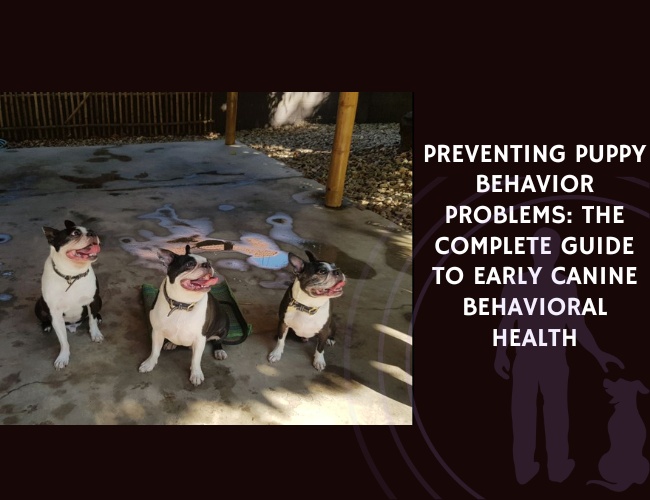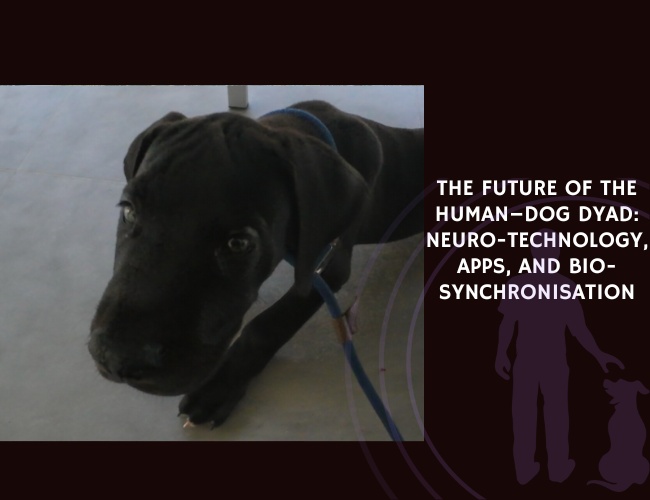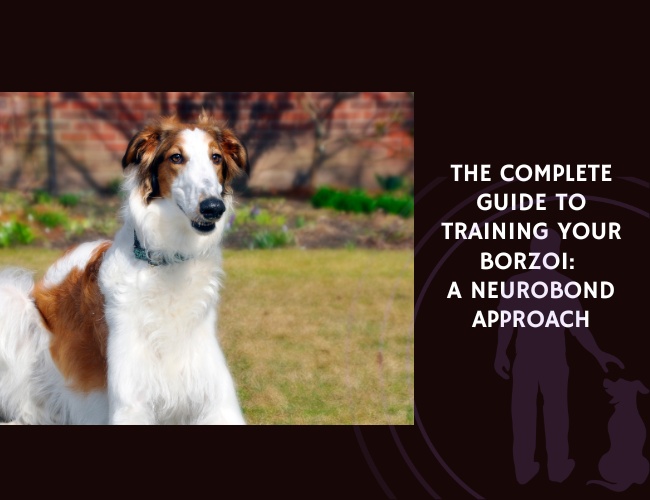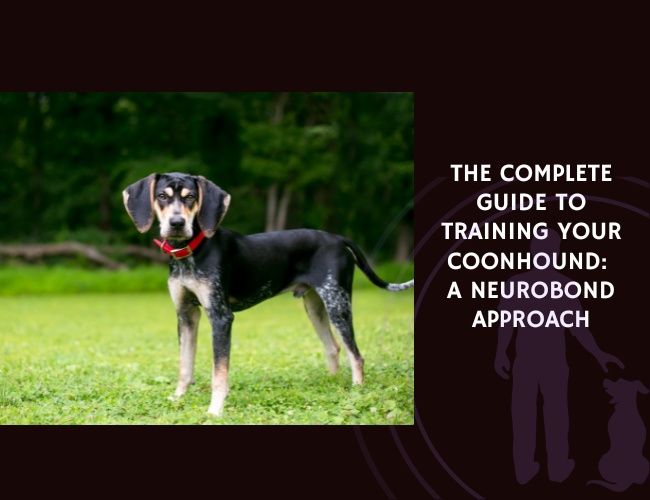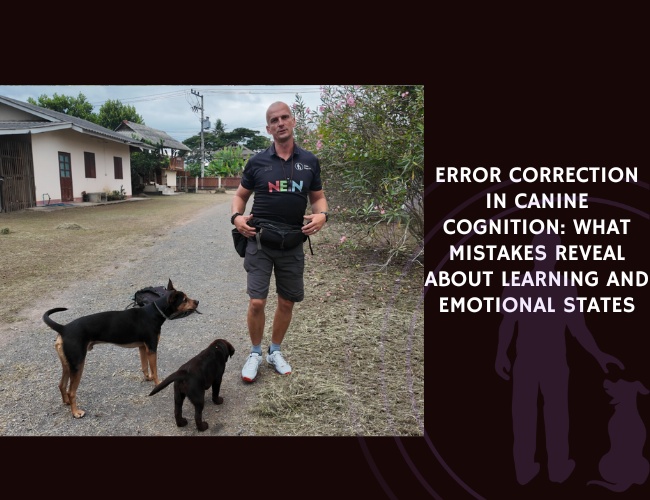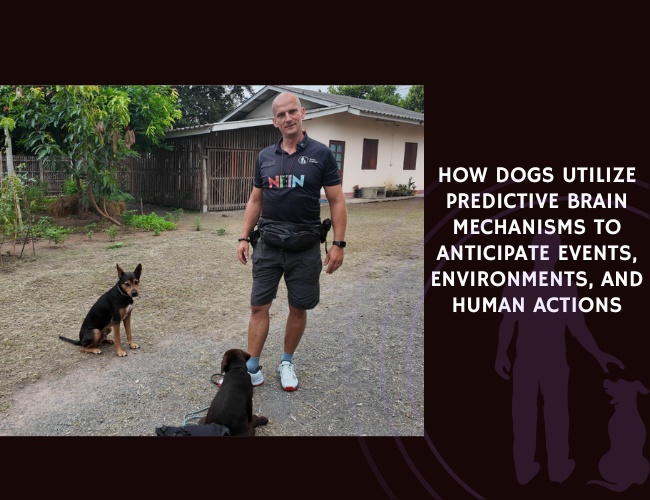Introduction: Why Prevention Matters in Puppy Behavioral Health
The Power of Early Intervention
Imagine welcoming a bright-eyed, wiggling puppy into your home. Those first weeks together are not just adorable—they’re foundational for shaping lifelong behavior. Acting early, before problems appear, is the single most effective step you can take to support your puppy’s emotional and social growth. Consider how much smoother life is when you and your puppy build positive habits from the start rather than undoing distressing behaviors down the road.
Prevention vs. Correction
Addressing undesired behaviors after they arise can be stressful for both you and your puppy. Prevention, on the other hand, is about setting up your puppy for success—creating routines, gentle exposures, and safe boundaries that encourage healthy development. Correcting established issues like aggression or separation anxiety often requires significant time and specialized help. In contrast, with proactive approaches, many challenges can be entirely avoided, making your household calmer and your bond stronger. Prevention is truly more efficient, less stressful, and much more compassionate.
What You’ll Gain from This Guide
Feeling overwhelmed about where to begin? You’re not alone—every puppy owner wants to do right by their new companion. This guide offers supportive advice with a professional and informative focus. We’ll help you:
- Understand your puppy’s needs at each developmental stage
- Recognize early warning signs, allowing you to act before problems escalate
- Apply easy-to-follow, positive, and science-based intervention strategies
- Develop the confidence and knowledge needed to foster a resilient, happy dog
Investing time in prevention now means years of easier, more joyful companionship ahead. Let’s explore how you can lay the groundwork for your puppy to thrive—making challenges less likely and successes more rewarding for you both. 🐾
Common Preventable Behavior Problems in Puppies
Understanding Early Warning Signs
Many puppy owners experience unwanted behaviors, but did you know most are preventable with early, supportive care? Common issues include separation anxiety, aggression, excessive barking, fearfulness, phobias, and destructive habits. Recognizing and addressing these signs early can set the stage for a calmer, well-adjusted adult dog.
Separation Anxiety
Separation anxiety appears when a puppy becomes distressed being left alone. You might see pacing, whining, or even chewing at doors. This often stems from too little practice with short separations during sensitive periods. By gradually increasing alone time and ensuring positive experiences, you can help prevent future anxiety.
Aggression
Aggression in puppies sometimes looks like growling, snapping, or guarding toys. Causes may include lack of socialization or feeling unsafe. Early positive exposure to gentle handling, other dogs, and friendly people creates more confident puppies, reducing the risk of aggressive reactions later.
Excessive Barking
Excessive barking is more than just nuisance noise—it’s often a sign your puppy needs more mental or physical engagement. By giving structured play, training, and problem-solving toys, you help meet these needs, making barking less likely to start.
Fearfulness, Phobias, and Destructive Behavior
Puppies might react strongly to new sights or sounds, becoming fearful or even destructive. Early, gentle socialization—exposing your puppy to different environments, people, and noises in a positive way—helps build a sense of safety and curiosity, not fear. Destructive chewing is often boredom, not “badness.” Offering plenty of safe chew toys and play outlets can redirect energy positively.
The Power of Prevention
It’s much easier to prevent these behaviors than to correct them later. Investing time now in proactive training, consistent routines, and positive social experiences for your puppy creates a happier and healthier life together 🐾.
Understanding how puppies grow lays the groundwork for even more effective prevention.
Critical Developmental Windows: Understanding Your Puppy’s Growth
Every puppy experiences a series of essential growth stages that shape their future behavior. By recognizing and supporting these critical windows, you can set your puppy up for lifelong success. Let’s explore what happens during each phase and how you can offer the most supportive environment. 🐾
The Neonatal Period: 0–2 Weeks
At this earliest stage, puppies rely completely on their mother for warmth, food, and comfort. Their eyes and ears are closed, and their days are spent sleeping and nursing. Maternal bonding is vital now, as their basic survival reflexes—like rooting and suckling—begin to form. Direct human intervention should be minimal, but gentle handling by breeders can help puppies adapt to human touch later on.

Transitional and Socialization Periods: 2–12 Weeks
Transitional (2–4 Weeks)
This is when senses like hearing and vision open up. Puppies start to walk, explore, and play with littermates. Gentle daily handling helps them become comfortable with people. Consider letting your puppy experience different textures, mild sounds, and gentle touches to support their sensory development.
Socialization (3–12 Weeks)
This is a golden opportunity. Puppies learn what is safe or scary in the world right now! Positive experiences with a variety of people, animals, and places help them grow into confident adults. Structured, supportive exposure is key. Remember, negative experiences can have long-lasting effects, so always introduce new things with patience and encouragement.
The Juvenile Period: 3–6 Months
Your puppy is developing habits and is highly sensitive to rewards or corrections. Consistent routines and positive reinforcement are most effective at this stage. Clear boundaries, calm communication, and supportive training build a strong foundation for future learning. Now is the time to guide your puppy patiently so they learn what’s expected in a gentle, informative way.
With each stage, your attentive support and understanding will encourage healthy, happy development.
Nature vs. Nurture: Genetics and Environment in Puppy Development
Understanding Breed-Specific Behaviors
Every puppy starts life with a unique mix of genetic traits shaped by its breed. Some dogs may be naturally outgoing, energetic, or even a little cautious. For example, herding breeds might tend to chase or herd other animals, while guardians could be more protective. These tendencies don’t guarantee how any individual puppy will behave, but they offer helpful clues for understanding your puppy’s natural instincts. Early recognition of these traits allows you to set realistic expectations and tailor your approach for the best results.
The Power of Early Experiences
Genes aren’t the only influence on your puppy’s personality. A concept called epigenetics explains how a puppy’s environment can actually “turn on” or “turn off” certain genes. Experiences like early socialization, gentle handling, or even stressful events can have lasting effects on your puppy’s behavior. Positive environments may encourage calm, friendly behavior even in breeds known for being high energy or cautious. On the other hand, negative or chaotic surroundings can lead to anxiety or fearfulness in any breed.
Why Maternal Care and Litter Matters
You might be surprised to learn that a mama dog’s care and the way puppies interact within their litter shapes social skills for life. Puppies who experience warmth, grooming, and calm communication from their mother usually learn to trust humans and other dogs. Playing and learning with brothers and sisters help puppies practice bite control, frustration tolerance, and reading social cues. Puppies deprived of this early foundation are at greater risk for problems like fear-based aggression or separation anxiety later on.
Learning about your puppy’s roots, responding with understanding, and providing a nurturing early experience lays the groundwork for a confident, happy companion.
Positive Socialization: Building Your Puppy’s Confidence
Building a Structured Socialization Plan
Socialization is one of the most informative and effective ways to support your puppy’s long-term behavioral health. Consider creating a structured plan that gently introduces your puppy to new experiences, people, animals, and environments at their own pace. This isn’t about overwhelming your puppy; instead, focus on short, frequent exposures that allow them to feel safe and curious. For example, you might take your puppy to a quiet park during off-peak hours, letting them observe other dogs from a distance. Use treats and praise to reinforce positive associations with new sights, sounds, and scents. 🦴
Safe Introductions to New Situations
Professional trainers commonly recommend starting with calm, well-managed encounters. Introduce your puppy to friendly visitors, children, or other animals in quiet areas. Gradually build up to busier spaces as your puppy’s confidence grows. Pay attention to your puppy’s body language—relaxed posture and wagging tails show comfort, while cowering or licking lips can signal stress.
When possible, expose your puppy to various surfaces like grass, concrete, and carpet. Take it slow and let your puppy explore at their preferred pace, rewarding curiosity and bravery with a favorite toy or snack.
Recognizing and Responding to Stress
Being supportive means recognizing and responding quickly to your puppy’s emotional needs. Signs of stress might include yawning, tucked tails, or whining. If you notice these signals, ease the challenge or give your puppy a break. Building confidence is about making positive memories—not pushing your puppy beyond what they can handle comfortably.
Effective socialization focuses on quality, not quantity. Overexposure to stressful experiences can have the opposite effect, so always let your puppy feel secure and in control. By practicing structured, gentle socialization early, you’re laying the foundation for a confident, friendly companion who thrives in many situations.
This early investment in social experiences serves as a cornerstone for your puppy’s continuing growth, skills, and adaptability as they mature.
Prevent. Support. Thrive.
Puppy problems don’t start overnight.
They build quietly—through missed routines, unclear expectations, or overstimulation during sensitive phases. Many issues like fear, reactivity, or separation stress can take root silently, long before they fully show. But with a preventive mindset, most of them can be avoided entirely. You’re not correcting problems—you’re designing a future where they don’t arise.
The earlier, the better.
The first months are a one-time opportunity. Puppies are impressionable, eager to learn, and biologically wired to absorb their world. When you guide that learning gently—with structure, encouragement, and calm exposure—you build emotional stability from the inside out. A confident puppy today becomes a resilient adult tomorrow.
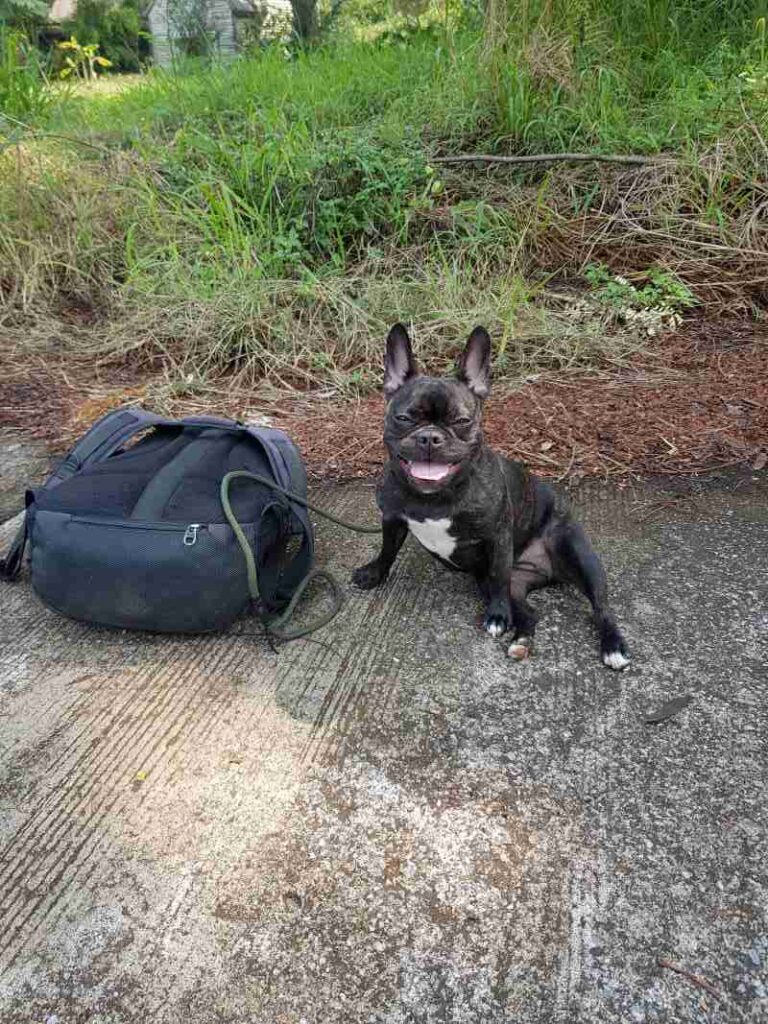

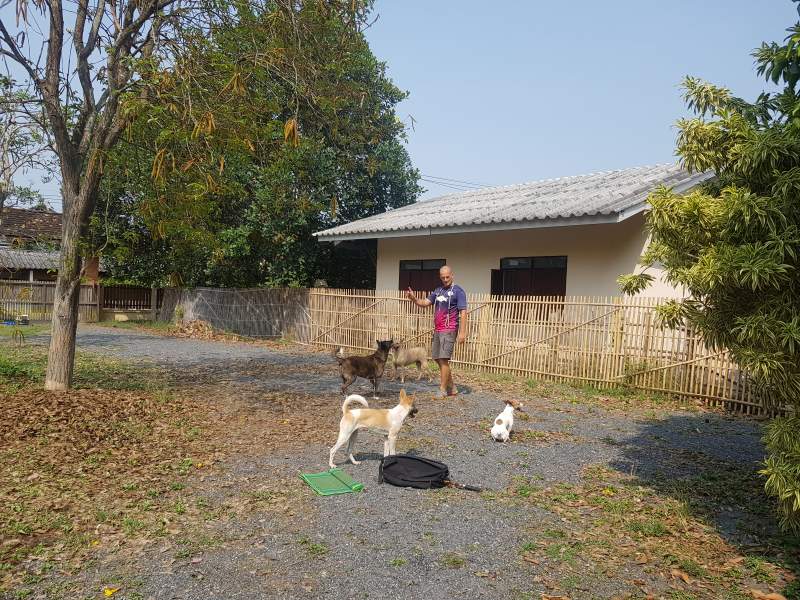
This is your window.
Early action is powerful. It shapes not just behaviour, but mindset—how your puppy approaches challenge, novelty, and everyday life. Proactive care means fewer problems, fewer regrets, and more of what every dog owner wants: joy, connection, and trust that lasts a lifetime.
Effective Early-Life Training Interventions
Early Handling and Habituation: Laying the Foundation
Handling your puppy gently from an early age is an informative and supportive way to help them become confident and comfortable in daily life. By softly touching their paws, ears, and mouth, you help them get used to being groomed and examined by a veterinarian. Gradual exposure to different textures, sounds, and environments builds resilience and reduces the risk of fear responses later. If you’re unsure where to start, consider simple routines: touch your puppy’s belly or brush their fur while offering calm praise.
This style of early habituation strengthens their ability to adapt and cope with the world around them. Remember, puppies learn best when they feel safe and supported by their owners.
Positive Reinforcement: Rewards for Desired Behavior
Positive reinforcement-based methods use rewards such as treats, toys, or praise to guide your puppy toward desired behaviors. Imagine your puppy sitting calmly or coming when called—when you reward them for these actions, you increase the likelihood of repeat performances. These methods avoid punishment, which can lead to fear or anxiety, and instead celebrate success. Over time, puppies trained with positive reinforcement become more enthusiastic learners and are less likely to develop aggression or fear-based behaviors.
Professional trainers and veterinarians recommend making training sessions short, fun, and consistent. Use a happy voice and quick rewards to keep your puppy engaged.
Essential Skills: Bite Inhibition and Frustration Tolerance
Teaching bite inhibition is crucial—help your puppy learn to control the pressure of their mouth during play. If they nip too hard, pause the game for a moment. This teaches them that gentle mouths keep the fun going!
You can also help your puppy learn frustration tolerance by encouraging calm behavior when they can’t have immediate access to something exciting. Practice short waits before meals or walks, rewarding patience. These useful skills build a foundation for a well-adjusted adult dog.
By investing in these early-life training practices, you give your puppy the best start, setting the stage for healthy growth and positive lifelong habits.

The Owner’s Critical Role in Shaping Puppy Behavior
Establishing Consistency and Boundaries
Puppies thrive in a world that feels predictable and safe. One of the most effective ways you can support your puppy’s behavioral health is by creating clear, consistent routines. This means establishing set times for meals, walks, play, and rest. Consistency in these daily activities helps your puppy learn what to expect, reducing stress and confusion. Setting simple, firm boundaries—like where your puppy can play or what items aren’t for chewing—is just as important. Over time, your puppy will grow to understand what is allowed, building confidence and trust.
The Impact of Emotional Regulation
Believe it or not, puppies are keen observers—your emotions guide their own responses to the world. If you stay calm and steady during training or challenging situations, your puppy picks up on these cues. Puppies who see their owners model relaxed, positive behavior are more likely to develop resilient coping skills and remain comfortable in new situations. If you feel anxious or frustrated, take a moment to breathe before interacting. Your puppy learns from every signal you send, so being mindful of your reactions provides a strong foundation for their social and emotional growth.
Communicating Clearly With Your Puppy
Communication is more than words—it’s also about tone, gestures, and timing. Choose a set of simple verbal cues and marker signals for your puppy, like a specific word for “good” or a gentle hand sign to encourage calm. Be consistent, and pair these cues with positive reinforcement so your puppy connects your signals with desirable outcomes. This approach fosters understanding, making it easier for your puppy to learn and cooperate in everyday life.
With these strategies, you’re setting the stage for a lifelong bond and a happy, confident companion. 🐾
Common Training Mistakes to Avoid
Why Punishment and Fear-Based Methods Are Counterproductive
Many new puppy owners worry about how to respond to unwanted behavior. It’s understandable to want quick solutions, but consider that punishment and fear-based techniques can actually harm your puppy’s learning and emotional health. Using harsh corrections—like yelling, physical force, or frightening your puppy—often leads to increased anxiety and confusion. These methods can hurt the bond you are trying to build and may result in long-term stress or fearfulness around people and new situations.
Instead, positive reinforcement—such as rewarding good behaviors with treats, praise, or play—encourages your puppy to repeat what you like. This supportive approach is both more professional and nurturing, helping your puppy grow up confident and eager to learn. Remember, every interaction is a learning moment, so focus on guiding, not scaring, your furry friend.
Understanding the Impact of Inconsistency
Puppies thrive on predictability. If your rules or routines change often, your puppy can become confused. For example, allowing your puppy on the couch one day but scolding them the next sends mixed messages. This unpredictability can slow learning or even cause anxiety. Consistency in your cues, routines, and boundaries reassures your puppy and helps them understand what’s expected.
Finding Balance: Overtraining vs. Undertraining
Striking the right training balance is key. Training sessions that are too long or too frequent can overwhelm your puppy, making learning less effective and possibly causing frustration or burnout. On the other hand, too little guidance can leave a puppy uncertain and prone to developing unwanted behaviors. Plan short, enjoyable training moments throughout the day, with plenty of breaks for play, rest, and cuddles.
By focusing on clarity, patience, and positive reinforcement, you’ll create a safe environment for learning. Puppies rely on our guidance and emotional tone—they look to us for cues on how to respond to the world around them.
Creating an Enriching Environment for Behavioral Health
Meeting Physical and Mental Stimulation Needs
Puppies are bundles of energy and curiosity! Ensuring their physical and mental needs are met is vital for preventing frustrating behaviors later on. At each stage of your puppy’s development, these needs evolve. In the early weeks, your puppy may only need gentle exploration—think soft bedding and safe spaces to crawl and sniff. As puppies enter the socialization period and juvenile stage, more engaging activities, short play sessions, and introductory leash walks add value.
Mentally, puppies crave novelty and problem-solving. Simple enrichment games—like hiding treats in a cardboard box or introducing food puzzles—help channel mental energy. Remember, bored puppies are more likely to chew furniture or dig up your garden. Staying one step ahead with stimulating games can nip destructive habits in the bud.
Choosing the Right Toys and Activities
Consider a range of safe, age-appropriate toys. Soft plushies provide comfort, chew toys help with teething, and interactive toys keep their minds active. Rotating toys every few days maintains interest and prevents overstimulation. Activity choices, such as gentle fetch or hide-and-seek, should be tailored to your puppy’s age and confidence level.
Beyond toys, daily training for basic cues doubles as enrichment and relationship-building. Brief, upbeat sessions boost confidence while offering mental exercise and promoting good manners. Try using treats or affection as rewards—positive reinforcement encourages the behaviors you want to see.
Designing Safe Spaces
Your puppy needs a safe zone—a cozy bed, crate, or puppy pen where they can retreat. This quiet place gives them control and comfort during downtime. Arrange the area with water, a few toys, and a soft blanket. Avoid leaving dangerous objects or anything they could chew unsafely.
A properly designed environment means fewer opportunities for unwanted chewing, barking, or digging. Plus, a safe space helps puppies learn to self-soothe and relax, building resilience for new adventures ahead.
Working with Professionals: When and How to Seek Help
Why Collaboration Is Essential
Working closely with breeders, veterinarians, and trainers forms the backbone of effective puppy behavioral health. Each professional brings a unique perspective—breeders share insights about a puppy’s early development, veterinarians track growth and assess health, and trainers can guide you on behavior and socialization. Consider bringing everyone together early on. Open communication among your puppy’s care team ensures recommendations are consistent and tailored, supporting the best possible outcomes for your puppy’s emotional growth.
Recognizing When Help Is Needed
It is natural to face challenges during your puppy’s development. However, some behaviors—like persistent fear, aggression, or destructive habits—signal deeper issues. It can be tough to tell if a puppy is just being playful or if there is a potential problem. If you notice repeated unwanted behaviors, difficulty adapting to new environments, or your puppy showing signs of extreme distress, we recommend seeking help promptly. Early professional intervention can make a huge difference, often preventing minor issues from becoming lifelong struggles.
Choosing the Right Experts
When looking for trainers or behavioral consultants, prioritize those who use positive, science-based approaches. Ask questions about their methods and experience. Certified trainers and veterinarians following reward-based practices are more likely to promote trust and long-term behavioral health. Shy away from those relying on punishment or fear, as these strategies can harm your puppy’s well-being.
Remember, seeking guidance is a sign of informed, proactive pet ownership—not failure. By working with skilled, supportive professionals, you champion your puppy’s happiness and help lay the foundation for a confident companion.
Now that you understand the value of professional support, let’s explore the lifelong impact of investing in early behavioral health.
Conclusion: Building a Foundation for Lifelong Behavioral Health
Proactive Steps for a Happy Canine Future
Taking steps early in your puppy’s life is the most effective way to shape a calm, confident companion. Rather than waiting for behavior issues to appear, investing in prevention allows you to avoid future stress – for both you and your dog. Through structured socialization, gentle exposure to new experiences, and positive reinforcement, you create a strong behavioral foundation. This approach is much more effective than trying to “fix” problems later in life.
The Lasting Impact of Early Action
When you focus on key sensitive periods, you help your puppy adapt to the world in healthy ways. Introducing your puppy to various sights, sounds, and situations with encouragement supports their confidence. Setting clear daily routines and using positive training helps your puppy form good habits and trust in you. Consistency not only prevents issues such as separation anxiety, aggression, and fearfulness, but it also encourages your puppy to learn and grow with curiosity and security.
Beyond Puppyhood: An Ongoing Journey 🦴
Behavioral development does not end when your puppy grows up. Skills and habits formed in early months set the stage for lifelong learning and resilience. Regularly providing mental and physical enrichment supports lasting well-being. Remember, your calm reactions and supportive guidance are just as important in adulthood as they were in the beginning.
Shared Rewards for Both Dog and Owner
Investing in early behavioral health means you can enjoy more joyful moments together—fewer problems, more trust, and deeper companionship. You are not only fostering your dog’s happiness but building a positive experience for your own family as well. Through careful, compassionate guidance, you unlock a lifetime of connection and cooperation.

